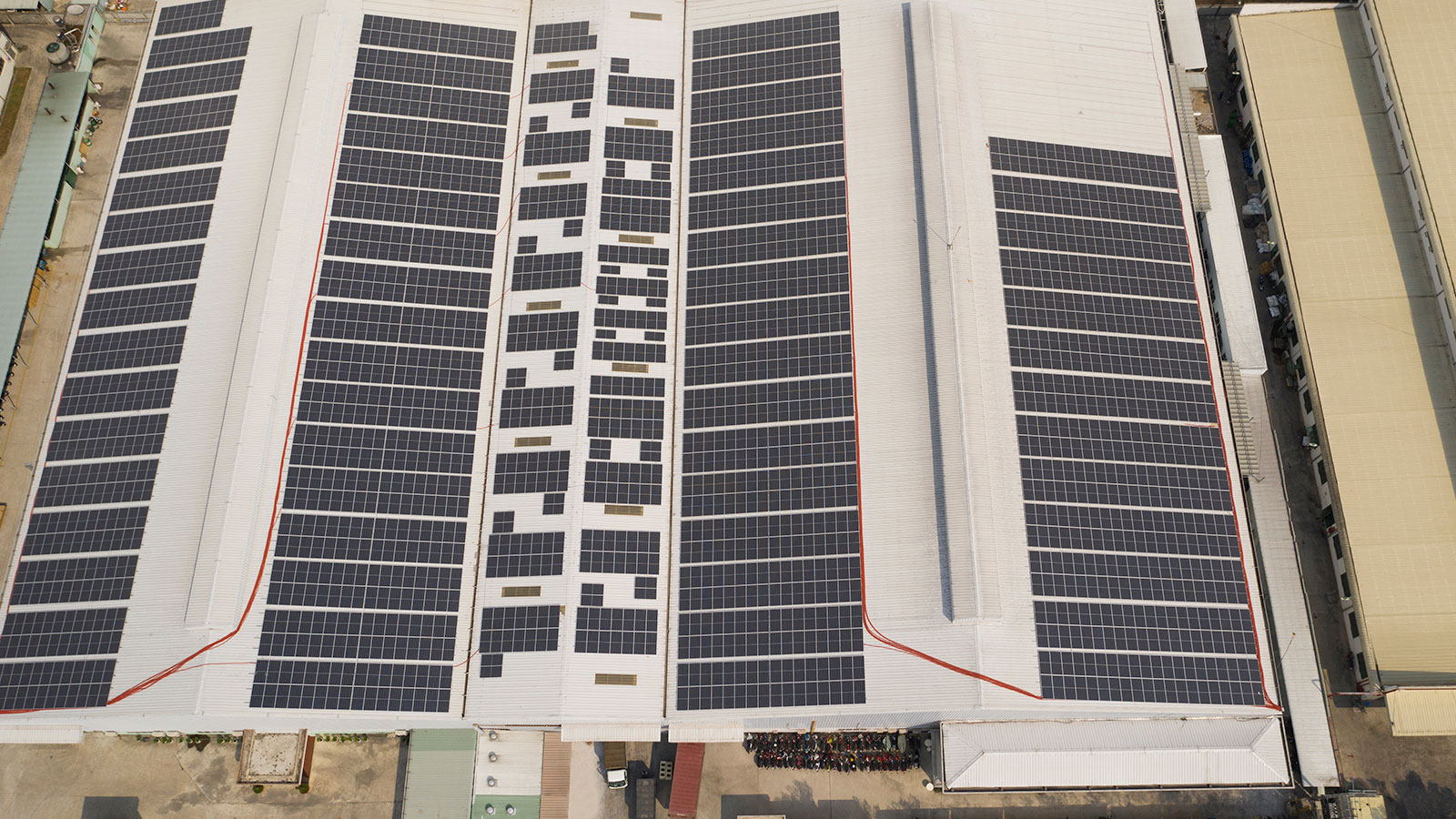James Goodby, Director at voltage optimisation specialist, Powerdown220, explains what he believes is the most effective strategy available to enhance energy efficiency and reduce overall consumption.
The single largest operating expense that commercial buildings face is energy consumption, which accounts for approximately one third of typical budgets and makes up almost 20% of the nation’s annual greenhouse gas emissions.
Think about commercial buildings like miniature indoor cities, which can include but are not limited to offices, educational institutions, healthcare facilities, hotels and retail businesses.
They often feature large open spaces and numerous rooms that require substantial energy usage for lighting, heating and cooling throughout each facility. In addition, these buildings also typically house extensive infrastructure, which further contribute to energy demands.
However, it’s not just energy consumption that these buildings are a concern for. According to the US Department of Energy, commercial buildings waste up to 30% of the energy they consume too.
This waste is often due to outdated equipment, inefficient use of lighting and heating, ventilation, and air conditioning (HVAC) systems and a general lack of awareness about energy saving practices.
Target areas
HVAC systems typically use about 40% of a building’s total energy consumption, with studies showing that up to a third of that amount can also go to waste.
Modern air conditioning units have a dual job — cooling the air and regulating humidity levels. Given the scale of commercial spaces, these systems must be powerful enough to sufficiently alter the temperature of large areas, which is no easy feat.
Lighting also constitutes a significant portion of energy consumption in commercial buildings due to its universal necessity and need for illumination in large spaces. Although lighting technology has improved, it remains a primary target for energy saving efforts in commercial settings.
Unlike residential setups, commercial spaces often face oversight in turning off lights, leading to prolonged usage. Additionally, some businesses leave lights on for security reasons too.
Today’s office spaces are also filled with more electronic devices than ever before. Be it computers, monitors, printers, servers and even non-essential items like espresso machines, the surge in electronics contributes to high plug loads in commercial buildings.
Healthcare facilities, for instance, use Computed Tomography (CT) scanners and Magnetic Resonance Imaging (MRI) machines that further increase energy consumption. While these technologies improve patient care, they also demand substantial energy resources to power.
The strategy
Thankfully, companies are already embracing energy efficiency. A new report published by Make UK and Inspired PLC has found that net zero is a priority for 92% of businesses and 68% have made relevant investments, with 22% planning to in the next 12 months.
What’s more, businesses are also taking a multi-purpose approach to reduce energy consumption, from low cost and effort measures to more costly investments that deliver equipment and process upgrades. Here, one cost-effective approach businesses are taking is voltage optimisation (VO).
VO is a technology that reduces the amount of energy being brought in from the National Grid to the level our equipment actually needs, thereby improving energy efficiency and extending the lifespan of equipment. In commercial properties, this technology can be applied to various energy intensive systems and equipment to reduce energy consumption and operational costs.
In fact, pub and restaurant chain, Mitchells & Butlers, have just made VO installations at over 1,100 sites to lower its energy bills and reduce carbon footprint. This was the largest multi-site project of its kind ever attempted in the UK.
Projects of this kind provide commercial properties with an effective strategy to not only enhance energy efficiency, but reduce overall consumption too.


